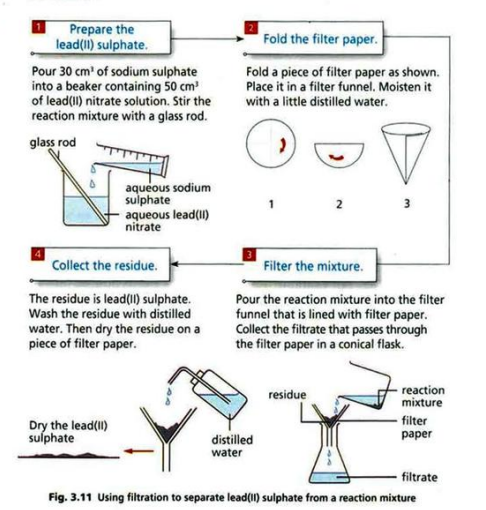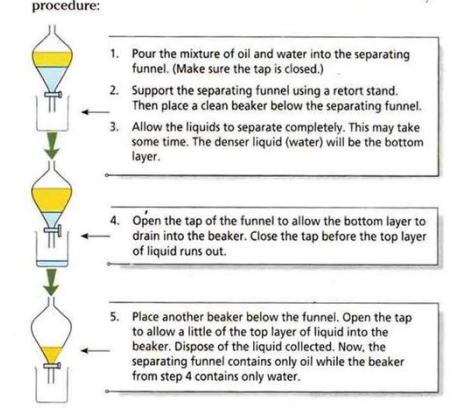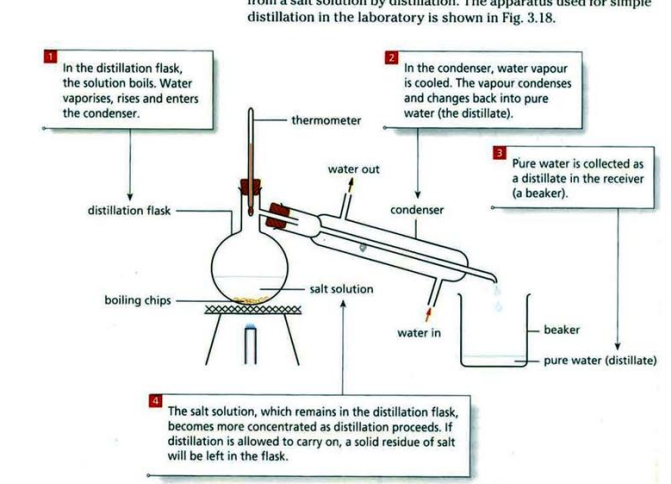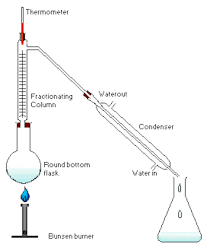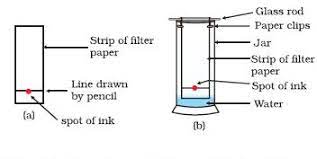Method | Usage | Example |
|---|
Filtration | Insoluble solid from liquid | Sand and water |
Evaporation to dryness | Soluble solid from a solution | To get salt from salt solution |
Crystallization | Pure solid from a solution | To get Copper (II) sulfate from water |
Solvent in which only one solid is soluble | A Mixture of two solids | Sand and salt |
Sublimation | Solid that sublimes with one which doesn’t | Iodine and sand |
Magnet | Magnetic substance from a non-magnetic one | Iron filings and sulfur |
Simple distillation | Pure solvent (liquid) from the solution | To get water from a salt solution |
Separating funnel | Immiscible liquids | Oil and water |
Fractional distillation | Miscible liquids with different boiling points | Water and ethanol |
Chromatography | Components that dissolve in the same solvent | Different dyes |
Centrifugation | Mixtures by spinning | Blood cells from plasma |
Decanting | Liquid and insoluble particles | Rice from water |
 Note
Note Studied by 98 people
Studied by 98 people Note
Note Studied by 19 people
Studied by 19 people Note
Note Studied by 23 people
Studied by 23 people Note
Note Studied by 15 people
Studied by 15 people Note
Note Studied by 19 people
Studied by 19 people Note
Note Studied by 16 people
Studied by 16 people Knowt
Knowt

